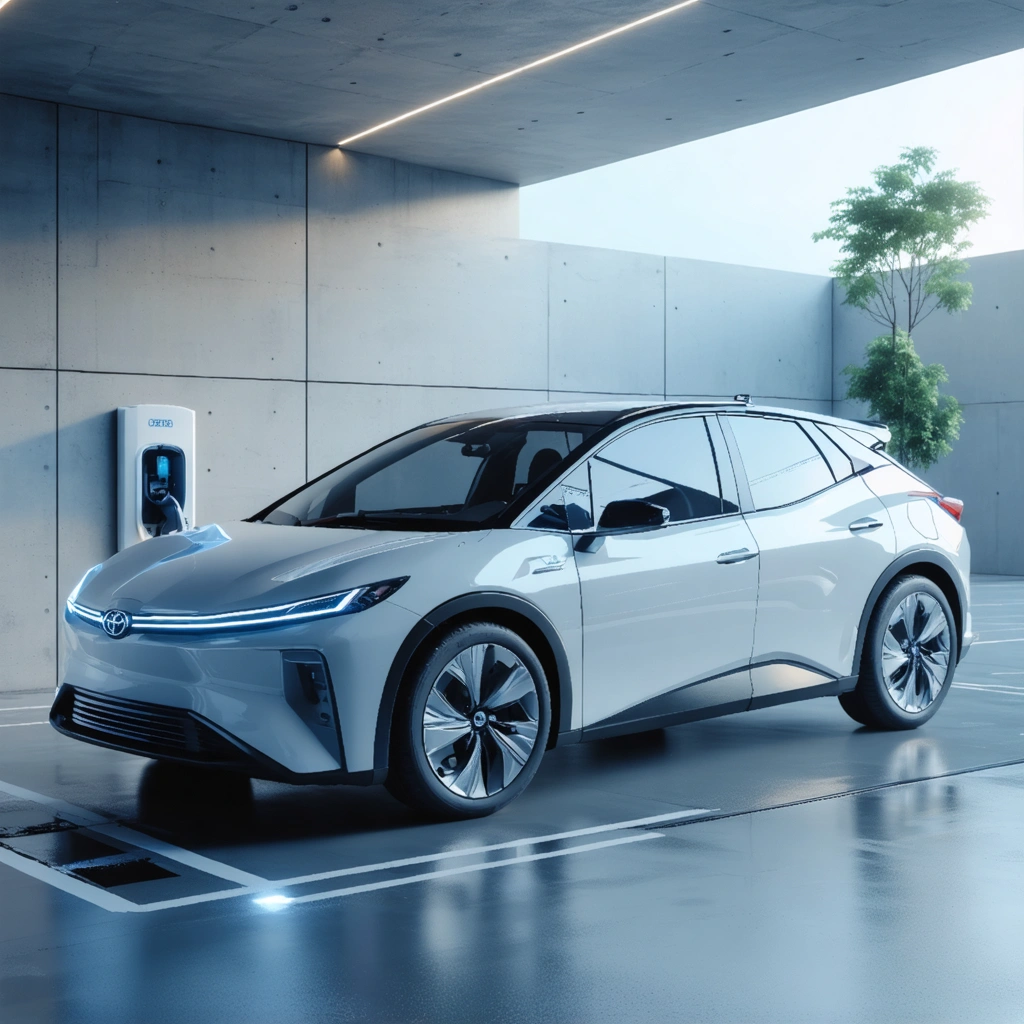
Introduction: Bridging the Gap Between Innovation and Community Needs
In today’s rapidly evolving automotive landscape, the intersection of electric vehicle (EV) technology and community infrastructure is of paramount importance. With the launch of new DC fast-charging stations by Toyota in collaboration with EVgo, key underserved communities in Baldwin Park and Sacramento, California, are set to experience a transformative shift in mobility. These new installations represent a critical component of Toyota’s Empact initiative—a strategic plan aimed at making sustainable transportation accessible to areas historically overlooked by previous infrastructure projects.
Toyota’s Vision and the Empact Plan
Toyota’s commitment to sustainable transportation is manifest in its Empact plan, which seeks to empower communities by democratizing access to clean energy solutions. The initiative is designed around the principles of inclusivity, environmental responsibility, and economic growth. By focusing on underserved areas, Toyota not only addresses the challenge of “charging deserts” in urban neighborhoods but also paves the way for increased adoption of EV technology among diverse consumer segments. This comprehensive approach is anticipated to yield benefits such as:
- Enhanced mobility in communities with limited charging options
- Environmental improvements through reduced emissions
- Stimulated local economies by creating jobs and business opportunities in emerging green sectors
Infrastructure Upgrades: Fast Chargers and Their Role in Modern Transportation
The establishment of DC fast-charging stations is a key element in Toyota’s strategy to foster a new era of sustainable urban mobility. Unlike traditional charging solutions, DC fast-chargers can deliver significantly higher power levels, drastically reducing the time required for an EV to regain sufficient energy for travel. This advancement is particularly important in densely populated urban areas where time efficiency and accessibility are critical.
Technological Advancements and Operational Benefits
The fast-charging technology provides numerous advantages, including:
- Reduced Charging Times: Vehicles can achieve an 80% charge in as little as 20-30 minutes, facilitating quick turnaround for drivers.
- Improved Network Reliability: Enhanced infrastructure provides reliable access to charging even during high-demand periods, thus boosting consumer confidence in EV technology.
- Scalability and Future-Proofing: The modular design allows for future upgrades as technology evolves, ensuring long-term sustainability.
A comparative analysis presented in the table below summarizes key technical specifications:
| Parameter | Standard Charger | DC Fast Charger |
|---|---|---|
| Charging Time (0-80%) | 60-90 minutes | 20-30 minutes |
| Energy Delivery | AC (alternating current) | DC (direct current) |
| Power Output | 20-50 kW | 100-350 kW |
Community Impact and Strategic Benefits: A Business Perspective
The deployment of these fast-charging stations in Baldwin Park and Sacramento is not only an exercise in technological innovation but also a strategic investment in community development and business growth. By focusing on underserved areas, Toyota’s initiative demonstrates how corporate responsibility and forward-thinking infrastructure investment can go hand in hand.
Economic Advantages for Local and Regional Communities
From a business standpoint, the installation of fast chargers delivers substantial economic returns:
- Job Creation: New infrastructure projects result in both direct and indirect employment opportunities, ranging from construction to ongoing maintenance and operations.
- Local Business Growth: Enhanced accessibility to EV charging can attract additional investments, stimulating local commerce and increasing foot traffic to nearby retail and services.
- Long-Term Sustainability: The rising popularity of EVs, supported by robust charging infrastructure, has the potential to create a resilient ecosystem that supports both environmental and economic sustainability.
Several community leaders and business analysts have highlighted the importance of such projects in revitalizing urban centers by integrating modern technology with community planning. Moreover, increased connectivity and transportation efficiency can make underserved regions more competitive in the broader economic landscape.
Future Prospects and Toyota’s Path Forward
Looking ahead, Toyota’s Empact initiative sets the stage for further expansion of EV infrastructure. As the EV market continues to flourish, additional partnerships and investments are expected to follow. The current project is just the beginning of a larger strategy aimed at reducing the digital and electric divide within various segments of society. Key areas for future exploration include:
- Expanding charging networks to more rural areas
- Integrating renewable energy sources with charging infrastructures
- Leveraging data analytics to optimize usage patterns and reduce downtime
This forward-looking strategy indicates a commitment to staying ahead of industry trends while ensuring that innovation benefits all sectors of society—the underserved as well as the established markets. In conclusion, the opening of Toyota’s new DC fast-charging stations represents a significant milestone in the evolution of EV infrastructure. By addressing the needs of underserved communities with innovative and accessible charging solutions, Toyota is building a more inclusive future for transportation. This initiative not only enhances the user experience for today’s EV drivers but also establishes a robust framework for future technological advancements and community development. As the business landscape shifts toward cleaner energy and smarter connectivity, projects like these will define the next generation of sustainable urban growth.




